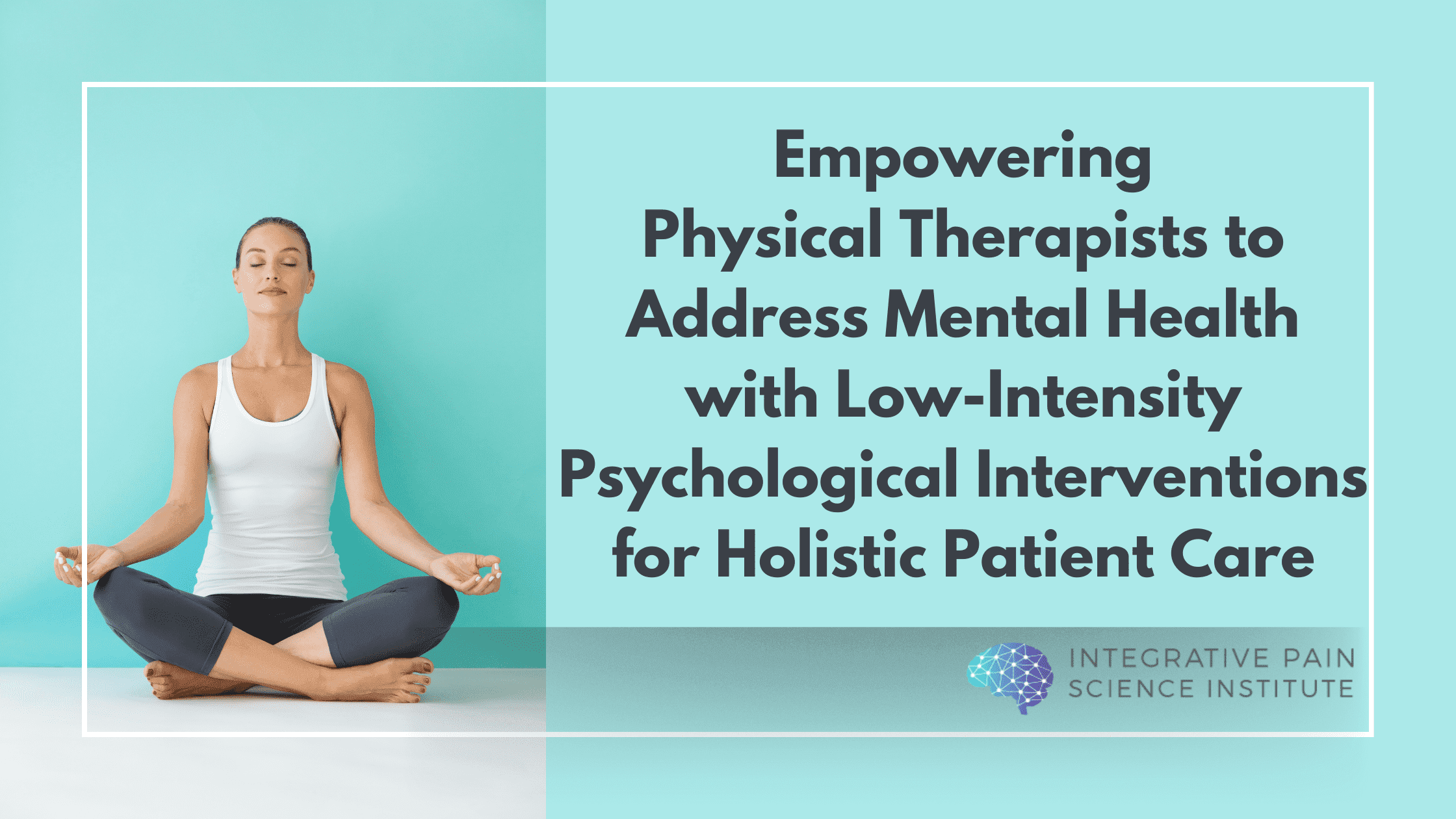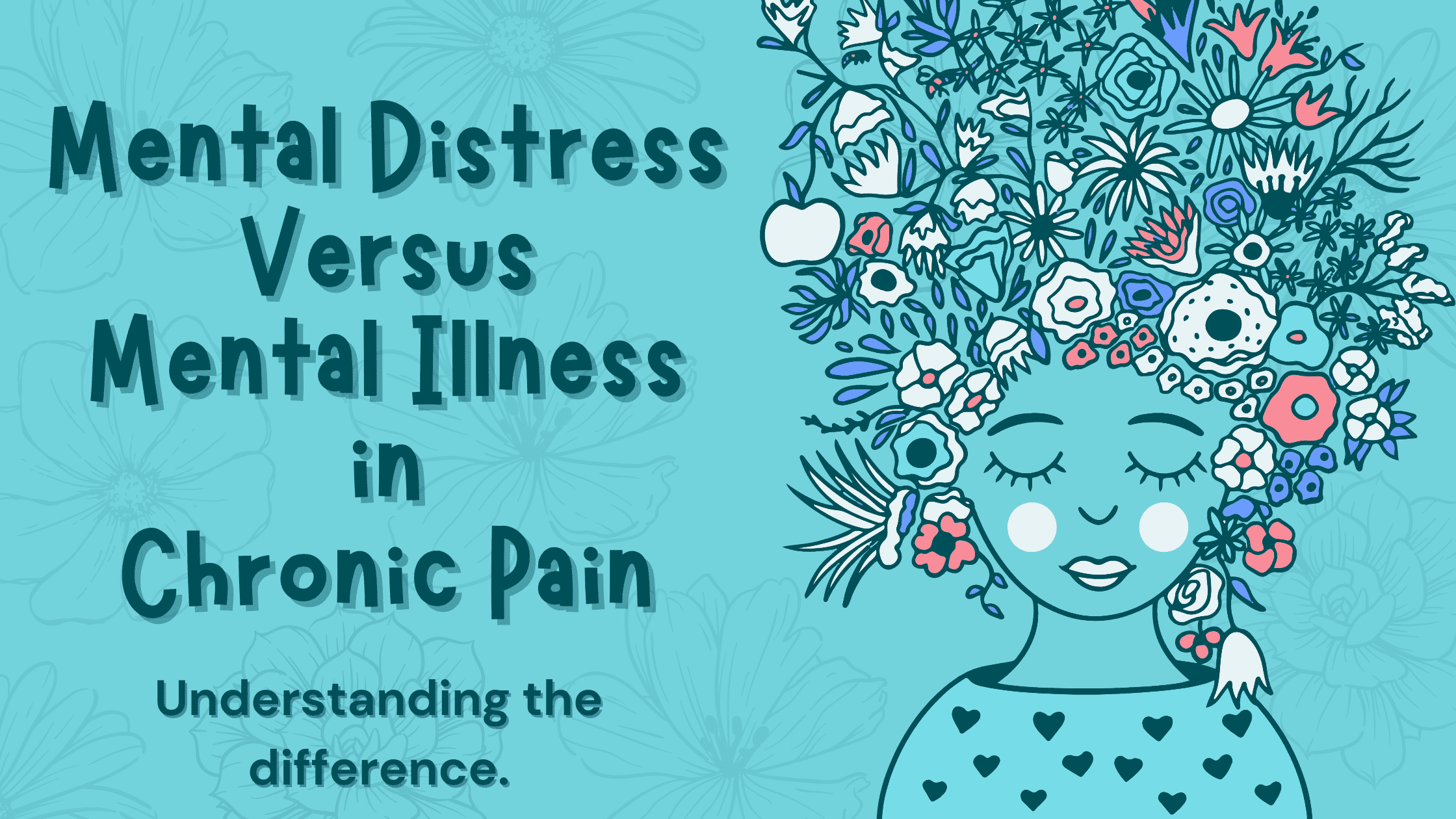The hypothalamo-pituitary-adrenal axis, or the HPA axis, is a system your brain relies on to regulate fear and mood. It can process inputs causing pain and produce an emotional response.
The HPA axis consists of three biological components:
- The hypothalamus sends a hormone to the anterior pituitary.
- The pituitary gland receives this hormone and sends a different hormone to the adrenal glands.
- The adrenal glands receive the hormone and release cortisol into the body
Cortisol is commonly known as the stress hormone. During times of stress and pain, it is released through the adrenal glands to communicate back to the hypothalamus and pituitary to produce an appropriate response. It can alter metabolism, the immune system, mood, and more.
The HPA axis is also known as a negative feedback loop. This means that the product of its activation is also responsible for shutting the system off.
When the adrenal gland releases cortisol, some amounts of cortisol are supposed to return to the hypothalamus and stop it from using its hormone to keep the loop running. Eventually, the hypothalamus is deactivated, and the process ends. Cortisol stops being produced, and our fight-or-flight response ends.
How the HPA Axis Can Change the Body
As mentioned in an earlier article, chronic pain can change the way we interpret pain. It can make us more sensitive to non-painful stimuli, and it can exaggerate the pain we feel. (1)
This can be partially explained by the HPA axis.
When the HPA axis is activated repeatedly, like in periods of chronic stress or pain, more cortisol ends up circulating through the body. To compensate, the body attempts to regain equilibrium by reducing hormone levels. It can suppress the adrenal gland’s ability to produce cortisol.
Patients with chronic pain have been shown to have lowered baseline levels of cortisol. In other words, when they are not actively feeling pain, they have less cortisol in the body than healthy individuals.(2)
This mechanism almost seems good for us. Cortisol is the stress hormone – having less of it in the body should be a good thing, right?
However, as the HPA axis is a negative feedback loop, it relies on its product to eventually turn off the reaction. When there isn’t enough cortisol to reach the hypothalamus, the system continues producing hormones, lengthening and enhancing the stress response.
As expected, individuals suffering from chronic pain have been found to have lower baseline levels of cortisol and higher levels following stress than healthy subjects. (3) The HPA axis isn’t able to shut itself off, and runs for longer amounts of time.
The same effect is seen in anxiety disorders and depression. (4)
Since the HPA axis is also able to make memories and associations based on its activation, it can learn to perceive more and more stimuli as painful. It exaggerates our fear and sensitizes our reactions, leading to avoidance of anything that may cause pain.
If you’re suffering from chronic pain, and you’ve noticed a change in anxiety, fear, or depression, there is a chance that the HPA axis is involved.
What can you do?
Talk to someone. This can be a professional or a friend. Positive social interactions reduce the sensitivity of the HPA axis, relieving symptoms of depression and chronic pain.
Physical therapy or light exercise. One of the key steps to overcoming a fear is exposure. Regularly moving and confronting the potential of pain will help to undo the fear that the HPA axis has learned.
Mindfulness-Based Stress Reduction. Meditation has been shown to normalize diurnal cortisol patterns. Cortisol is often dysregulated early morning and late evening. Implementing 5-10 minutes of meditation at the beginning or end of the day can help regulate cortisol and the HPA axis.
Natural Anti-depressants. The HPA axis displays similar dysfunction in cases of depression and anxiety. Before asking for a prescription anti-depressant try natural alternatives. They have been shown to significantly reduce chronic pain, even more effectively that opioids.
- Fish Oil (2,000 mg daily)
Omega-3 fats are critical for neurotransmitter function and physiological brain balance.
- Vitamin D3 (5,000 IU daily)
Vitamin D can help improve seasonal effective disorder which can manifest as depression, especially in people who don’t get regular sunlight.
- 5-HTP (50 mg 2x daily)
5-Hydroxytryptophan is a precursor for the production of serotonin and can help support healthy mood, appetite, and sleep.
- B-Complex (50 mg 2x daily)
B vitamins are involved in neurotransmitter function. Specifically, B6 is needed for serotonin development.
- GABA (200 mg daily) GABA (gabba-aminobutyric acid) is a naturally occurring amino acid in the brain and one of the major inhibitory neurotransmitters. GABA helps to provide a calming effect helping combat mild stress and anxiety.
If your chronic pain involves HPA axis dysfunction, you can benefit from these treatments.(5) And the longer you leave chronic pain untreated, the more likely this dysfunction is to occur.
If you’re suffering from chronic pain, don’t ignore it. There are strategies that will help you.
You can sign up for free at www.joetatta.com to get started!
In health,
Dr. Joe Tatta, DPT, CCN
References
Dr. Joe Tatta, How a Fear of Pain Could Be Making your Pain Worse.
Woolf CJ, Salter MW: Neuronal plasticity: increasing the gain in pain. Science 2000, 288:1765–1768.
Blackburn-Munro G, Blackburn-Munro RE: Chronic pain, chronic stress, and depression: coincidence or consequence? J Neuroendocrinol 2001, 13:1009–1023
Clauw DJ, Chrousos GP: Chronic pain and fatigue syndromes: overlapping clinical and neuroendocrine features and potential pathogenic mechanisms. Neuroimmunomodulation 1997, 4:143–153.
Blackburn-Munro, Gordon. “Hypothalamo-pituitary-adrenal Axis Dysfunction as a Contributory Factor to Chronic Pain and Depression.” Current Science Inc Current Pain and Headache Reports 8.2 (2004): 116-24. Web.



